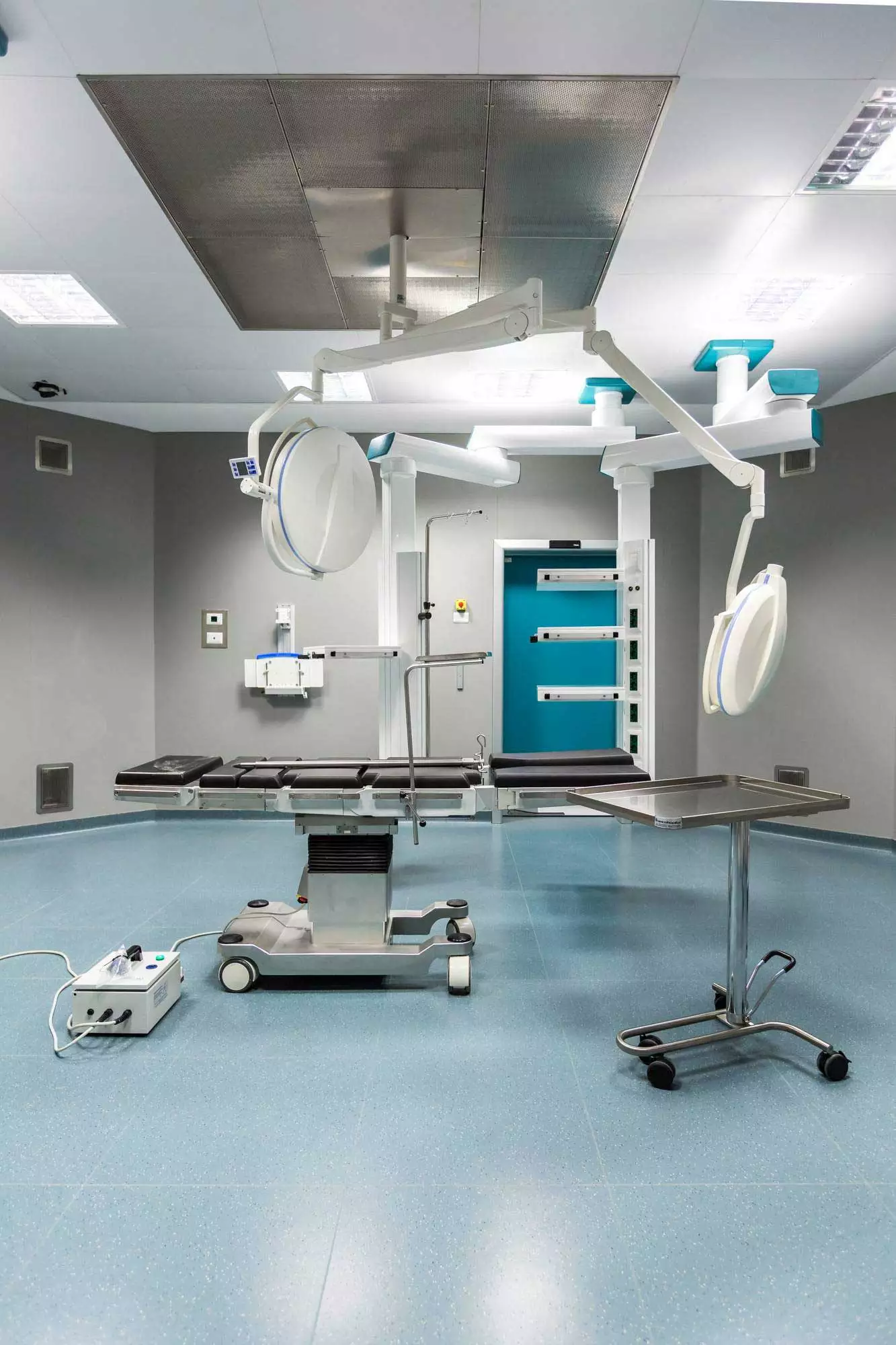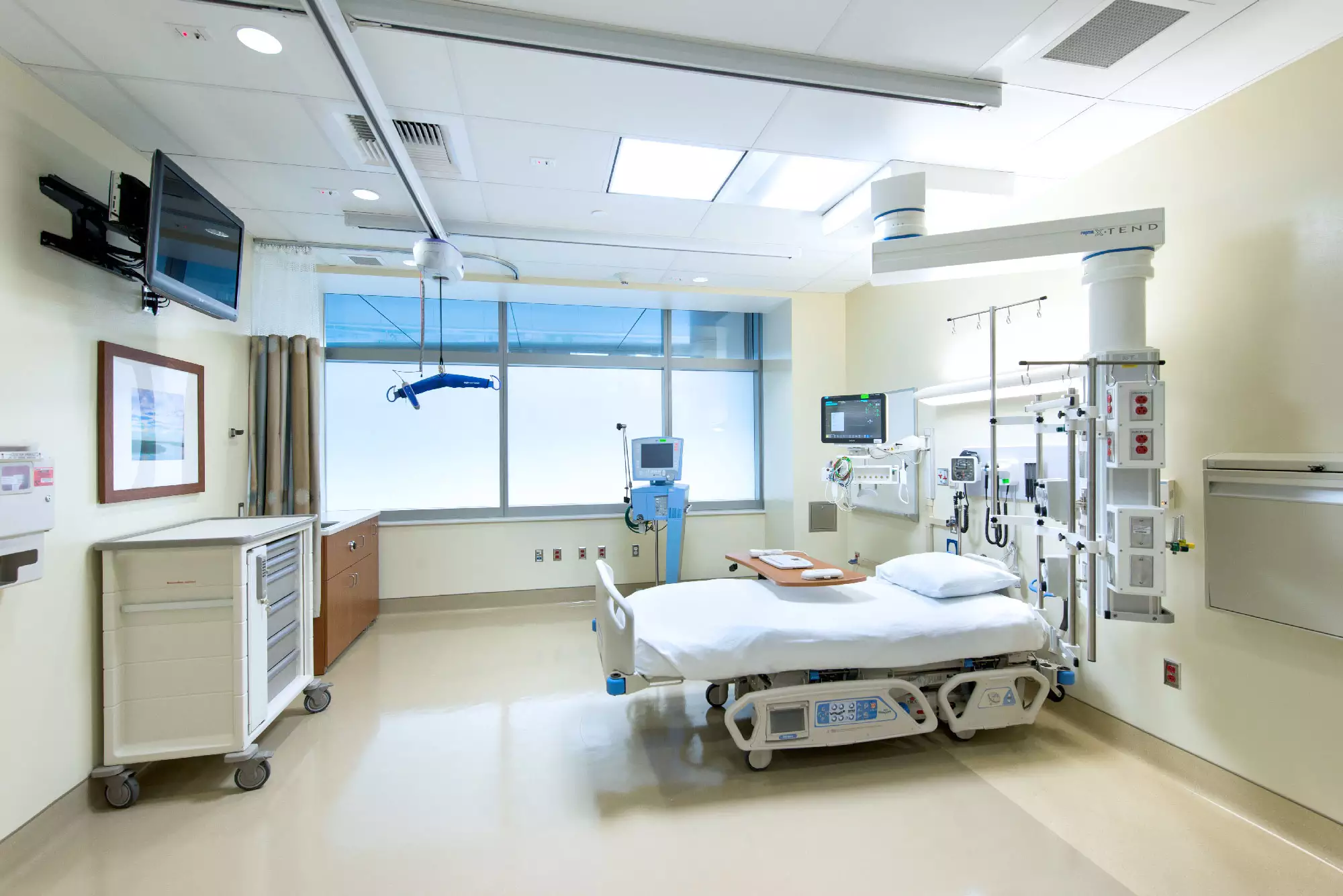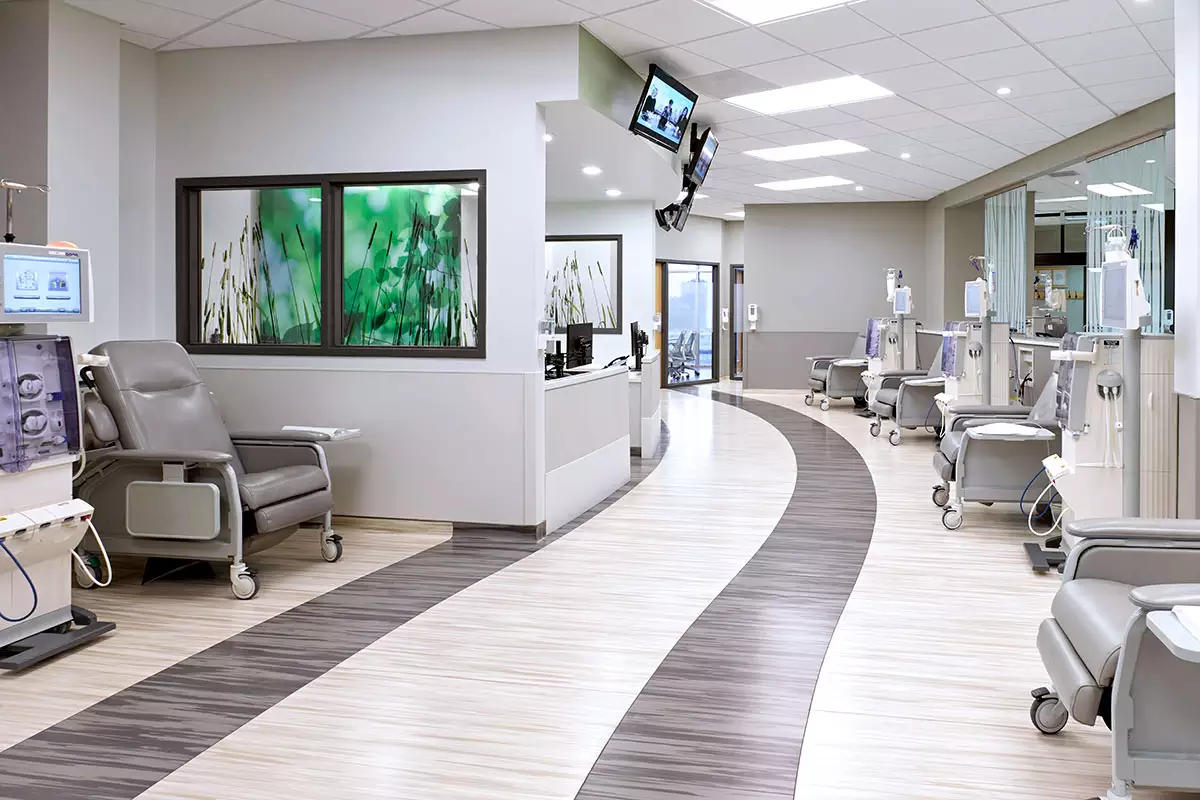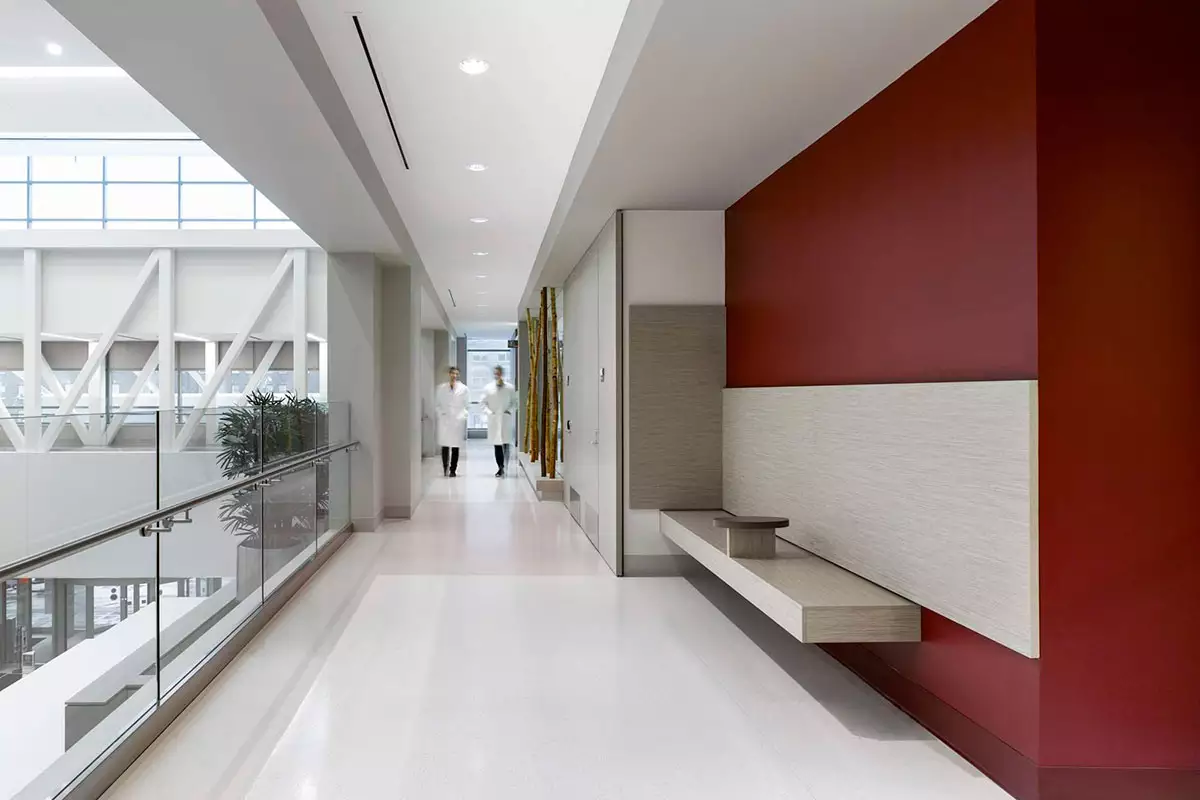Cookie Policy
CLEANING AND HYGIENE
Maintaining the highest possible level of hygiene is a crucial daily requirement in hospitals. Rigorous standards must be met, and a few open seams on the floor are enough to create a hotspot for bacteria.
Since we don’t use plasticisers that migrate over time, our rubber flooring doesn’t open at the seams.
Furthermore, rubber has natural bacteriostatic properties, making it a strategic choice for hospitals.
The limited number of seams and the smooth surface makes our flooring easy to clean and sanitise. The practically monolithic surfaces created help avoid the contamination and proliferation of harmful bacteria.
Our rubber flooring has a non-porous surface, which means it doesn’t offer spaces for bacteria to multiply.


RUBBER FLOORING CAN BE CLEANED WITH GREAT EASE BY TRAINED PERSONNEL USING PROFESSIONAL PRODUCTS RESPONDING TO PROTOCOLS FOR THE CONTROL OF HOSPITAL.


RESIDUAL INDENTATION
The ability to recover from residual indentation is one of the major challenges of hospital flooring.
Indentation is typically present in patient rooms and is caused by furnishings such as beds, closets and appliances, which remain in place for extended periods of time and exert constant pressure on the flooring.
Our 2 mm thick rubber flooring has shown excellent indentation resistance in this setting while greater thicknesses are excellent for dampening the sound of footsteps and improving the acoustics of the environment.



